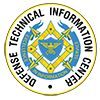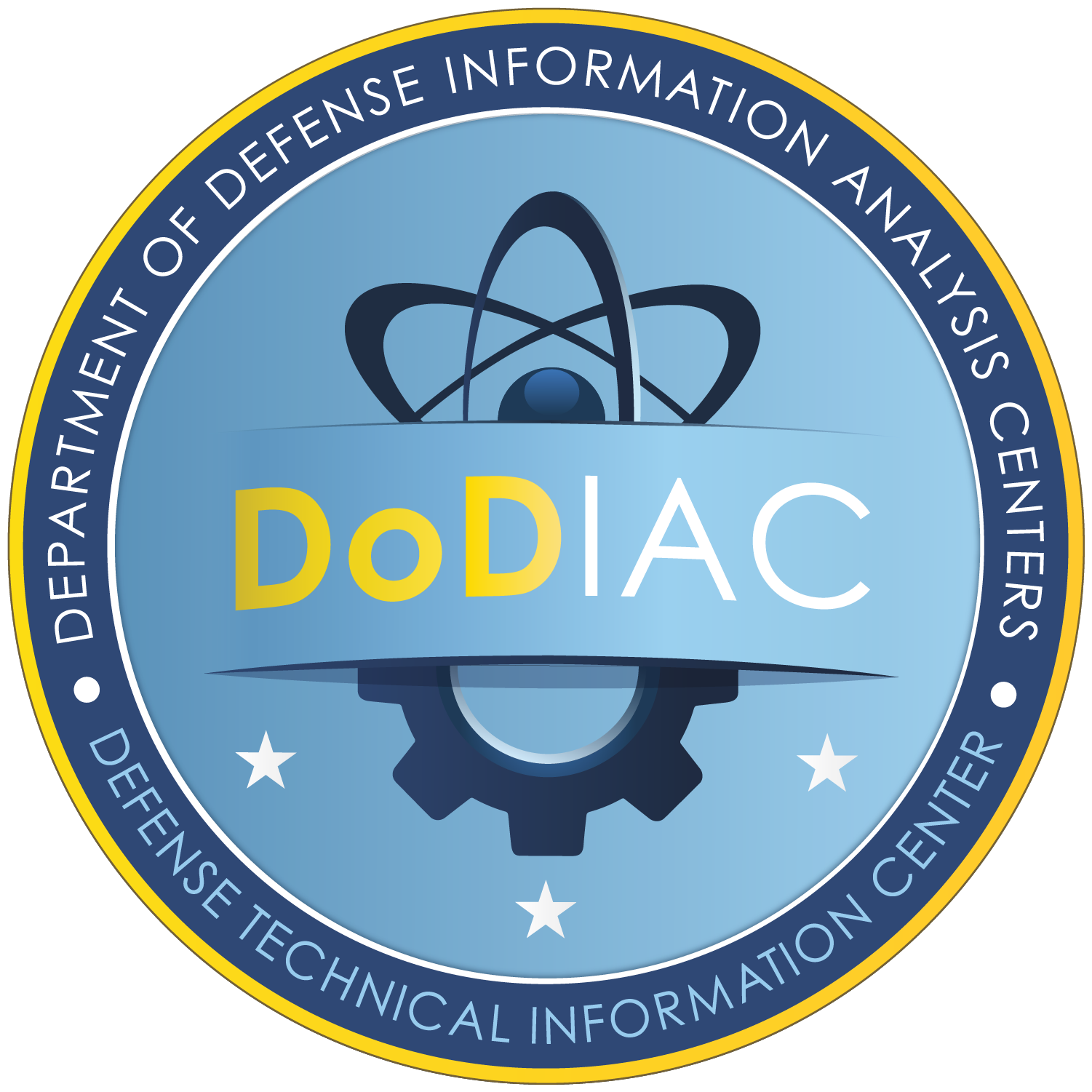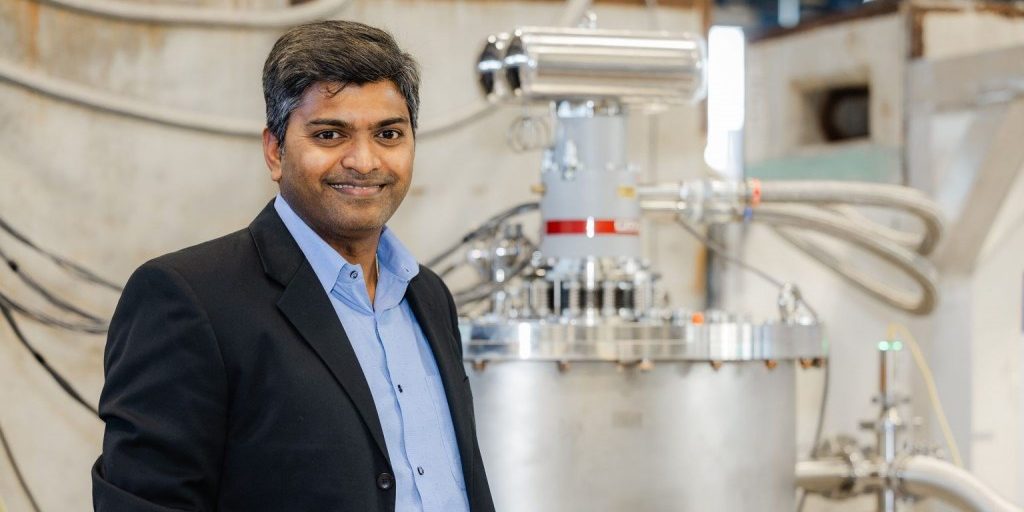Although it often goes unnoticed, Americans rely on specific industries to carry out important, life-saving tasks such as sterilizing medical equipment. These processes require powerful sources of irradiation, and in some cases, radioactive materials are used, which require special handling and can be dangerous. As a result, there is a growing need for cleaner, safer alternatives. One promising solution is electron beam accelerators.
Researchers at the Department of Energy’s Fermi National Accelerator Laboratory recently received funding from the National Nuclear Security Administration’s Office of Radiological Security to explore how electron beam accelerators can be more widely adopted for medical device sterilization.
“This is a significant opportunity to explore the potential of highly efficient, clean, and safe electron beam technology,” said Charles Thangaraj, technology development manager at Fermilab and the project’s principal investigator. “Electron beam technology offers a more secure and flexible alternative to traditional radioactive sources for sterilization and environmental applications.”


